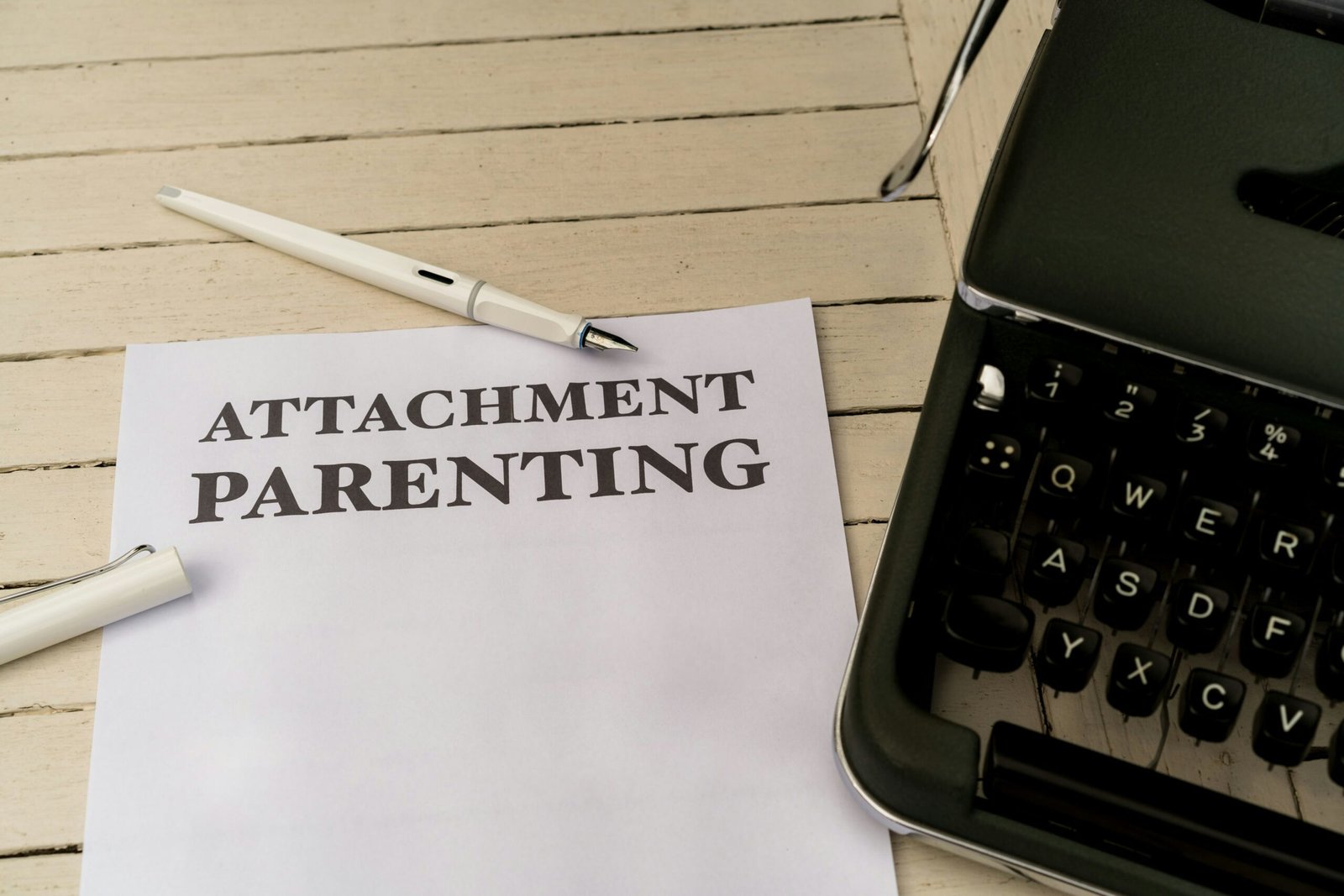Have you ever heard of the “1000 a Month Rule” in the context of retirement planning? If not, you’re in for an enlightening journey that might just change the way you think about your golden years.
Preparing for retirement can feel like navigating a maze, especially with all the rules and theories that float around. But understanding the key principles can make the path much clearer and more focused. Among these principles, the “1000 a Month Rule” stands out for its simplicity and practical use. So, let’s take a closer look at what this rule is all about, how it works, and how you can apply it to your retirement savings strategy.
This image is property of images.unsplash.com.
What is the 1000 a Month Rule?
The “1000 a Month Rule” is a straightforward guideline that suggests for every $1,000 you need per month in retirement, you should aim to save $240,000. This rule of thumb helps you gauge how much you need to save in order to generate the income required for your lifestyle once you stop working. It’s designed to offer a quick estimation based on the assumption that a safe withdrawal rate in retirement is around 5%.
But where does this figure come from, and how reliable is it? Let’s dig into the details.
The Origin of the 1000 a Month Rule
A Simple Calculation
The concept of withdrawing 5% annually from your retirement savings forms the bedrock of the 1000 a Month Rule. This percentage is rooted in the idea that withdrawing more than this amount each year can lead to depleting your savings prematurely, especially when accounting for inflation and market volatility. If you multiply $240,000 by 5%, you get $12,000 annually, which translates to $1,000 per month.
Connection to Historical Market Returns
The rule also stems from historical data on stock market returns. The expectation is that a balanced portfolio might deliver average returns around this rate, allowing your savings to last throughout retirement—ideally 30 years or more. However, it’s important to remember that past performance isn’t always indicative of future results.
Strengths of the 1000 a Month Rule
Simplicity and Accessibility
One of the greatest strengths of the 1000 a Month Rule is its simplicity. In a world overwhelmed with complex financial products and planning strategies, having an easy-to-understand rule helps those who might not be financially savvy still plan effectively. With just a bit of simple math, you can get a quick snapshot of your retirement needs.
A Motivational Tool
Additionally, this rule can serve as a motivational tool. Knowing that every $240,000 you save can secure you an extra $1,000 a month offers tangible goals that can drive positive financial behavior. It simplifies the abstract notion of “saving for retirement” into measurable, attainable objectives.
Considerations and Limitations
Longevity Risk
While the 1000 a Month Rule provides a useful estimation, it doesn’t directly address individual longevity risks. People are living longer, and the fear of outliving one’s savings is real. If you anticipate having a longer retirement period, you might need to adjust your savings strategy accordingly.
Inflation Impact
Inflation is another factor that can greatly impact the effectiveness of this rule. Over time, the purchasing power of money declines, which means that the $1,000 you plan for today might not stretch as far in the future. Thus, relying solely on this rule without considering inflation adjustments can be misleading.
Investment Performance Variability
While the rule of thumb assumes a 5% withdrawal rate is feasible based on historical data, investment performance can vary year to year, affecting your retirement income stability. Market downturns, especially early in retirement, can significantly impact how long your savings will last.

This image is property of images.unsplash.com.
Adjusting the Rule to Fit Your Unique Situation
Assessing Your Lifestyle Needs
Before you stick to the 1000 a Month Rule, it might be wise to conduct a detailed analysis of your own lifestyle and expected costs in retirement. Not everyone has the same spending habits or financial needs. Whether you plan on traveling, or living a more modest lifestyle, these factors can influence how much you’ll truly need.
A Table of Potential Adjustments Based on Lifestyle
| Lifestyle Type | Monthly Retirement Income Needed | Estimated Savings Needed (Using 5% withdrawal) |
|---|---|---|
| Modest Living | $2,000 | $480,000 |
| Comfortable Living | $3,000 | $720,000 |
| Active Lifestyle | $4,000 | $960,000 |
| Luxury Living | $5,000 | $1,200,000 |
Evaluating Other Income Sources
Take stock of other potential retirement income sources like Social Security, pensions, or part-time work. These can supplement your savings and may mean you need to rely less on the savings estimated through the 1000 a Month Rule.
Incorporating Other Retirement Planning Strategies
To ensure a well-rounded financial strategy, it’s helpful to blend the 1000 a Month Rule with other retirement planning methods.
The 4% Rule
This is another well-regarded rule of thumb suggesting you withdraw 4% of your retirement portfolio annually. While similar to the 5% assumption of the 1000 a Month Rule, this method is considered more conservative and might lead to a longer-lasting portfolio, depending on market conditions.
Buckets of Money Strategy
Consider segregating your assets into buckets based on time horizons. For instance, have one bucket for short-term needs requiring more stable investments, another for medium-term needs that can handle moderate risk, and a final bucket for long-term growth with higher risk potential. This diversified approach can help manage cash flow and mitigate risk.

This image is property of images.unsplash.com.
How to Start Saving Towards Your Monthly Retirement Goal
Setting Clear Goals
Begin by setting clear, specific retirement goals. How much do you envision needing every month? Once you determine that, you can calculate how much you need to save using the 1000 a Month Rule as a guide.
Creating an Actionable Savings Plan
Develop a systematic savings plan that aligns with your income and lifestyle. Make use of retirement accounts such as 401(k)s or IRAs to benefit from tax-advantaged growth.
Automatic Contributions and Incremental Increases
Consider automating your savings to ensure consistency. Additionally, as your income grows, incrementally increase your savings rate to accelerate reaching your retirement goals.
Monitoring and Adjusting Your Plan
Regular Review
Regularly review and adjust your retirement plan to adapt to changes in income, costs, and lifestyle needs. Market conditions also evolve, influencing how you should adjust your withdrawal strategies.
Professional Advice
Consulting with a financial advisor can provide personalized insights that suit your unique situation, ensuring you optimize your retirement strategy. They can help navigate tax implications, asset allocations, and any complex financial scenarios you may face.
This image is property of images.unsplash.com.
Final Thoughts
While no single rule can guarantee the perfect retirement plan, the 1000 a Month Rule provides a strong starting point from which you can develop a comprehensive strategy. It simplifies retirement planning into tangible savings targets that are easier to grasp and pursue. However, it’s crucial to consider individual circumstances, market conditions, longevity, and inflation in your planning process.
Successfully implementing this rule, alongside other financial planning methodologies, can guide you towards a financially secure retirement. The challenge is to take this guidance and tailor it to fit your life, ultimately aiming for the retirement of your dreams.


